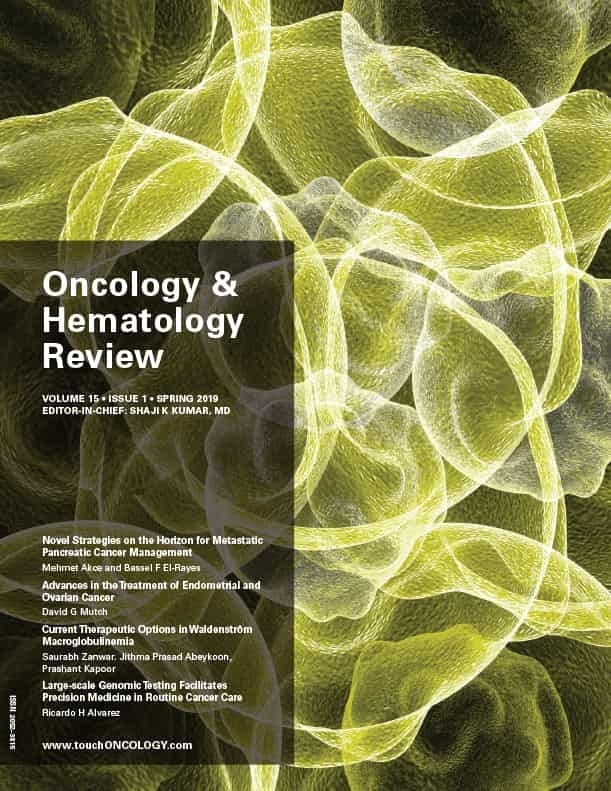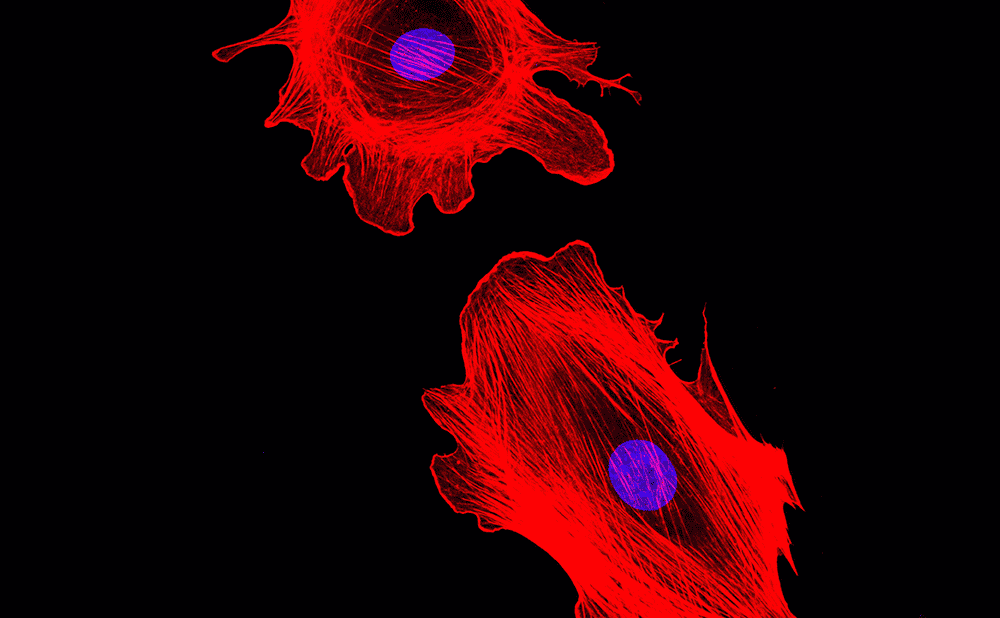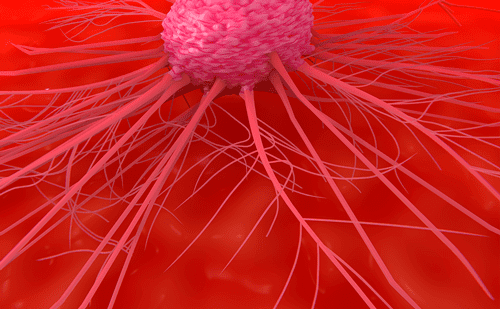ONCOLOGY & HEMATOLOGY REVIEW – VOLUME 15 – ISSUE 1 – SPRING 2019
We are delighted to present the latest edition of Oncology & Hematology Review (US), introduced by our Editor-in-Chief Shaji Kumar, who opens the edition with an expert interview around treatment options in smoldering myeloma. Bone health and breast cancer, the latest updates in lung cancer therapy, and treatment advances in ovarian cancer are also covered.
We’re also pleased to share several topical reviews on circulating tumor DNA in colorectal cancer, current therapeutic options in Waldenström Macroglobulinemia and new strategies in the management of pancreatic cancer.
We are now accepting submissions to our Fall edition and welcome submissions from the oncology and hematology communities through our submissions site.















